The streets of London have witnessed an unusual culinary revolution in recent months, where diners queue around the block not for Michelin-starred tasting menus, but for dishes crafted from ingredients most supermarkets would discard. These pioneering establishments – dubbed "leftover restaurants" – have sparked a movement that challenges our fundamental understanding of food waste, sustainability, and gourmet dining.
At the heart of this trend lies a simple yet radical concept: transforming supermarket surplus and near-expiry produce into restaurant-quality meals. The Real Junk Food Project, one of the earliest adopters of this model, operates on a "pay-as-you-feel" basis from its Manchester headquarters. Their industrial-chic space serves breakfast-to-dinner menus where yesterday's bruised bananas become today's caramelized French toast, and slightly wilted kale gets a new lease on life as crispy tempura.
What makes these establishments truly remarkable isn't just their sustainability credentials, but their refusal to compromise on culinary excellence. Chef Adam Smith, whose London-based Silo made waves as Britain's first zero-waste fine dining spot, sources 95% of his ingredients through what he calls "proactive procurement" – building relationships with local producers to intercept food that would otherwise be wasted. His tasting menus might feature beetroot cured in leftover coffee grounds or cheese made from surplus milk, presented with the precision one expects from high-end establishments.
The movement has gained unexpected momentum through social media, where food influencers compete to showcase the most creative transformations of "rescued" ingredients. TikTok videos of chefs turning stale bread into gourmet bread pudding or overripe tomatoes into sophisticated consommés regularly go viral, introducing the concept to younger demographics who prioritize both sustainability and Instagram-worthy dining experiences.
Behind the scenes, these restaurants operate complex logistics networks that would put some supply chain managers to shame. Daily predawn "food rescue" missions see teams collecting produce from supermarket distribution centers, often working against strict timelines to preserve freshness. The Bristol-based Skipchen developed a color-coded system where red-label items (those closest to expiry) get prioritized for that day's specials, while yellow-label ingredients can be preserved through pickling, fermenting or freezing.
Critics initially dismissed the concept as a passing fad or questioned food safety standards, but the sector has responded with rigorous protocols. Many leftover restaurants now employ full-time food safety officers and use technology like dynamic shelf-life monitoring systems. The East London establishment Poco recently earned a 5-star hygiene rating while maintaining its 100% waste-free ethos, proving sustainability and safety aren't mutually exclusive.
The economic model of these ventures fascinates business analysts as much as their culinary approach. Unlike traditional restaurants with predictable ingredient costs, leftover eateries must maintain extreme menu flexibility based on daily ingredient availability. This requires chefs with extraordinary improvisational skills and servers trained to explain ever-changing dishes. Yet the lower food costs (often 60-70% below industry averages) allow for competitive pricing that's drawing budget-conscious foodies in droves.
Perhaps the most surprising development has been the emergence of "leftover omakase" – multi-course tasting menus where each dish's origin story becomes part of the dining theater. At Brighton's The Gleaning Kitchen, patrons receive maps showing exactly which local farms and stores donated that day's ingredients, creating a tangible connection between food waste reduction and their dining experience. The restaurant's chef, a former Noma stagier, insists this approach represents "the future of conscientious gastronomy."
As the movement matures, it's spawning unexpected offshoots. Several leftover restaurants now run cooking classes teaching home chefs how to apply these principles, while others have launched subscription boxes of "rescued" ingredients with accompanying recipes. The Manchester-based Vocation Kitchen even operates a food waste consultancy helping conventional restaurants reduce their environmental footprint.
The phenomenon has caught the attention of policymakers, with the UK government recently awarding grants to expand food rescue logistics. Meanwhile, culinary schools report surging interest in their sustainability-focused programs. What began as a niche experiment has evolved into a full-fledged culinary movement that redefines luxury dining in an age of climate consciousness – proving that saving the planet might just be the most delicious trend of our time.
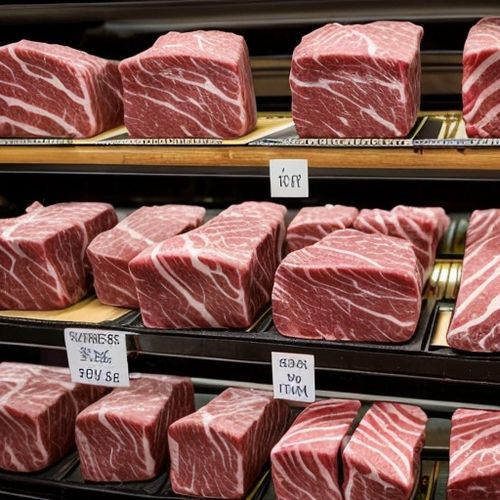
By Lily Simpson/Apr 10, 2025
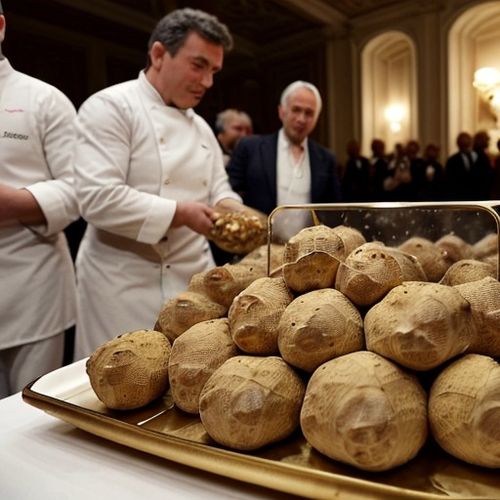
By Victoria Gonzalez/Apr 10, 2025
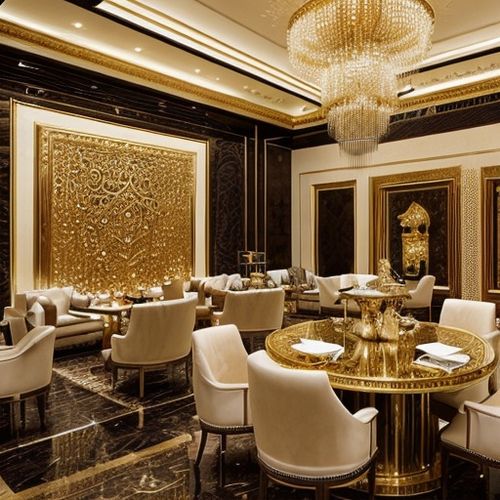
By Emily Johnson/Apr 10, 2025
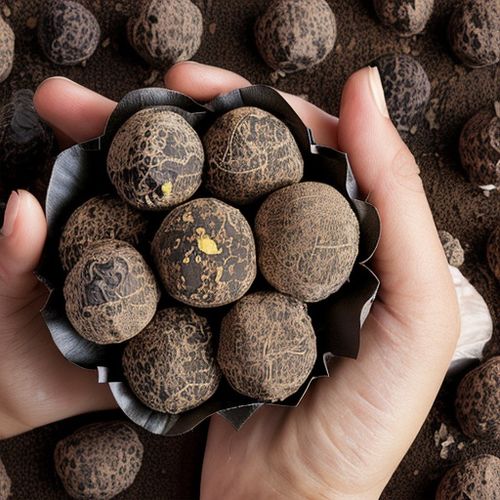
By Megan Clark/Apr 10, 2025
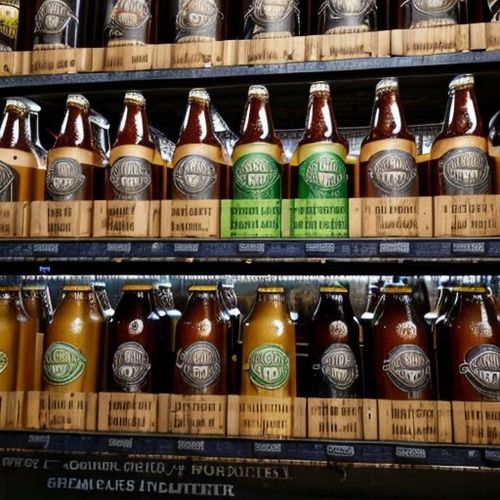
By Amanda Phillips/Apr 10, 2025
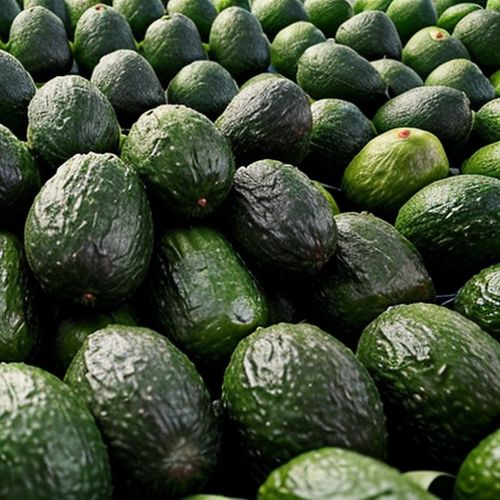
By James Moore/Apr 10, 2025
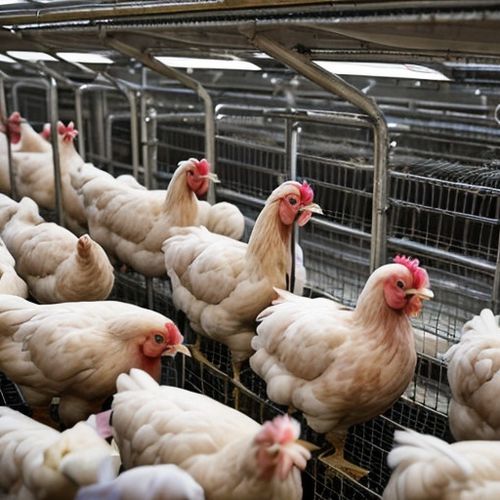
By Noah Bell/Apr 10, 2025

By Eric Ward/Apr 10, 2025
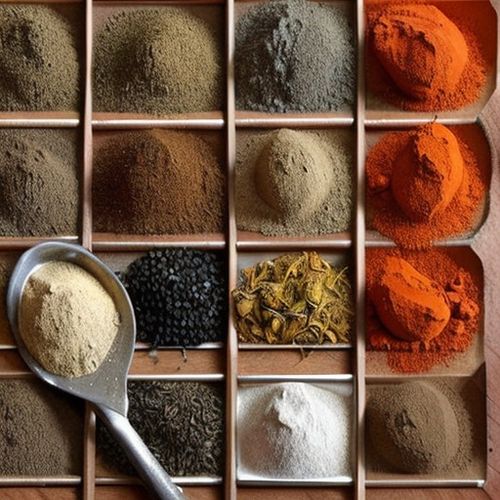
By Megan Clark/Apr 10, 2025
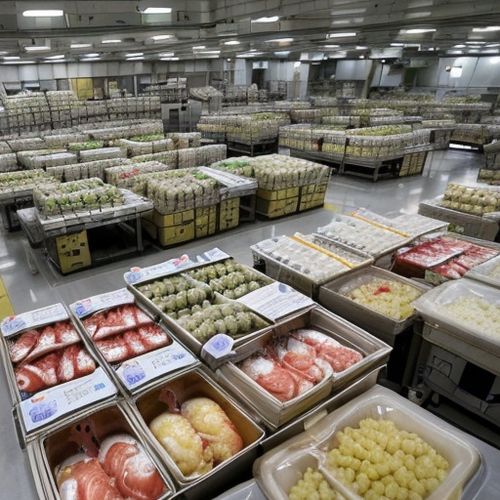
By Natalie Campbell/Apr 10, 2025
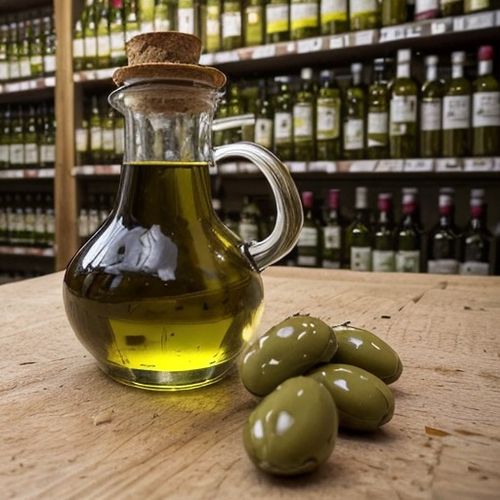
By Amanda Phillips/Apr 10, 2025
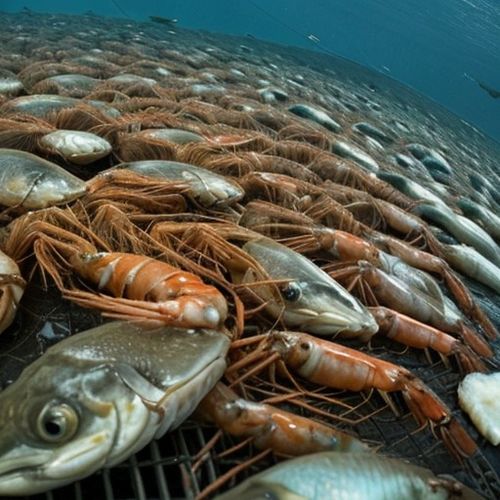
By Michael Brown/Apr 10, 2025

By Elizabeth Taylor/Apr 10, 2025
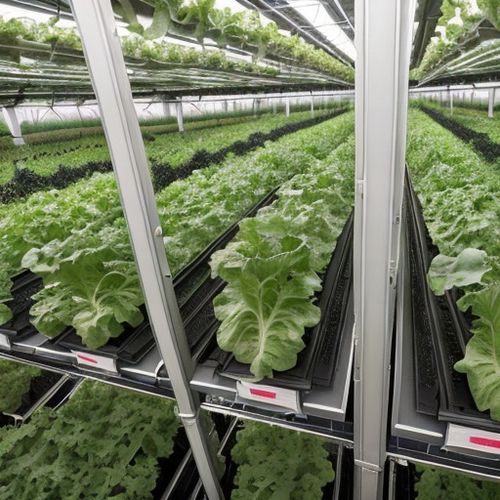
By Emma Thompson/Apr 10, 2025
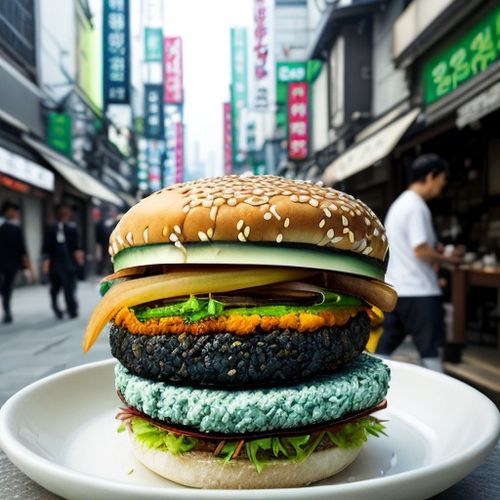
By Natalie Campbell/Apr 10, 2025
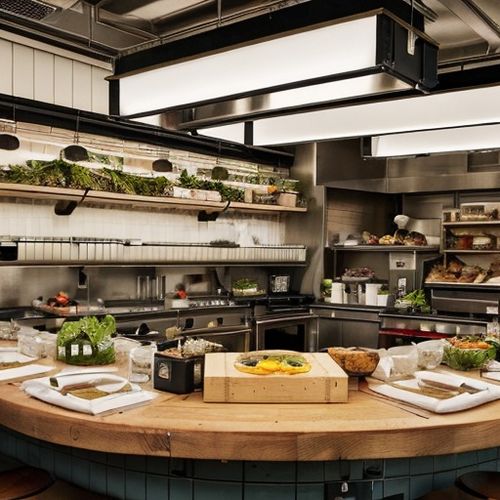
By Eric Ward/Apr 10, 2025
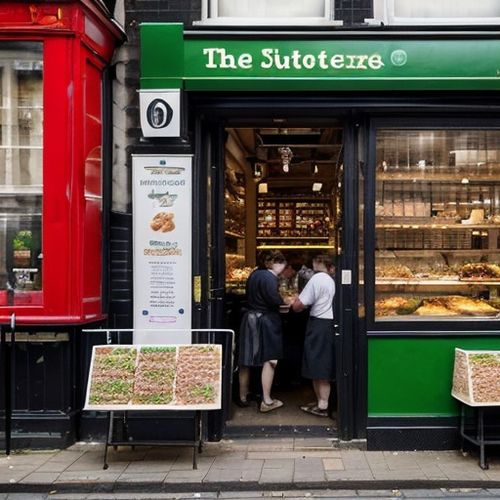
By Sophia Lewis/Apr 10, 2025